Summer time in Arizona means warmer weather (and by warm I mean hot enough to cook breakfast on the sidewalk), pool days, and snake prevention. Yep, snakes are out and about and on the prowl for the food they’ve missed over the last few months they’ve spent in hiding.
You can witness mice, bunnies, lizards, chipmunks and much more waltz around the desert during this time of year and the snakes are loving it. But that doesn’t mean you and your pup will love it when you come across a danger noodle (code word for snake) sunbathing midtrail.
So what can you do when you stumble upon Mr. or Mrs. Rattler on the trail?
Rattlesnake Avoidance Training
Taking your pup to get snake avoidance training is a great way to avoid any snake incidents before they happen. Avoidance training is done with a mild shock collar while around live rattlesnakes. It sounds a little more aggressive than it actually is, but it teaches your pup to avoid snakes instead of turn them into a chew toy.

There are many options in the area for snake avoidance training. You can visit Partners Training, a training service with raving reviews from everyone I know, and see their Rattlesnake Avoidance Training packages. Other dog trainers and snake handlers in the area offer snake avoidance classes, too, so do some googling and find yourself a reliable trainer!
How to Get Around a Snake On or Near the Trail

If you’re hiking along the trail at this time of year, you should keep your eyes peeled and ears open for any signs of rattlesnakes. If you happen to stumble upon a snake, do your best to give it a wide berth. Whether it’s on the trail or in the brush alongside it, you should put 10-15 feet of space between you and the snake.
If you have to go off the trail, do so! The best way to get around a snake is to walk swiftly and at a far enough distance to avoid it striking you or your dog. Making a scene or stopping will only further aggravate a snake and put you at a higher risk of a bite incident.
Learn What to Do In Case of a Snake Bite
Whether you or your dog gets bitten by a snake, you need to know exactly what to do in an emergency.
Mayo Clinic has a great bullet list of what to do if you or your pup is bitten by a rattlesnake:
- Don’t panic. Move away from the snake so that it cannot strike you or your pet again!
- Remove jewelry or any tight clothing (this includes harnesses or collars) before your bite area or extremities start to swell.
- Make sure you position the bite area at or below the heart for both you and your pup.
- Clean the wound WITHOUT water. Cover it with a fresh dressing and make your way to the nearest emergency room or hospital.
**If you are able to call an emergency vet clinic near by as you find your way off the trail, do so! Calling ahead will give the clinic time to get anti-venom ready for your pup. If a clinic does not have access to anti-venom, ask the first clinic for recommendations and ask if they would be able to call ahead for you so that you can make your way swiftly to get treatment.**
Mayo Clinic also tells you what NOT to do in case you or your dog gets bitten:
- Don't use a tourniquet or apply ice.
- Don't cut the wound or attempt to remove the venom.
- Don't drink caffeine or alcohol, which could speed your body's absorption of venom.
- Don't try to capture the snake. Try to remember its color and shape so that you can describe it, which will help in your treatment.
Tips to Keeping You and Your Pup (And Snakes) Safe
The best way to keep everyone safe, including the snakes who make their home near our trails, is to ensure you’re following all trail rules.
Always carry a leash, even on off-leash trails, to ensure you can safely direct your dog away from a snake if necessary.
Trails that specifically call for leashes mean business this time of year, so be sure to leash up your pup before setting off on your hike.
Carry a walking stick and make a decent amount of noise as you walk down a trail. This doesn’t mean hook up a boombox and drop sick beats,

but making enough noise to let animals and reptiles know you’re coming allows them to head for the hills before you get to their resting spot. Your walking stick is a good thing to have if a snake does try to strike, you can try to deflect the strike or at least put more distance between yourself and the snake if you don’t see it until it’s a little too late.
Stay on the trail. Highly-trafficked trails are less likely to have snakes on the trail itself. Staying on the trail will keep you and your pup out of rocks, brambles, and bushes where snakes could be napping or hiding. If a snake happens to be on the trail and you must hop off the trail, be sure to inspect your surroundings before hopping into a bush to get out of the way.
We’re all about keeping it wild, but that includes letting snakes live their life in nature. Chasing after a snake to kill it after a bite will only further aggravate it and will most likely end the in same result. We want you and all of your furry friends to stay safe this summer, so please do your best to stay safe and keep it wild!
Narrator: This blog was thoughtfully written by Erin Maxson. You can find her on Instagram @withdogshetravels.

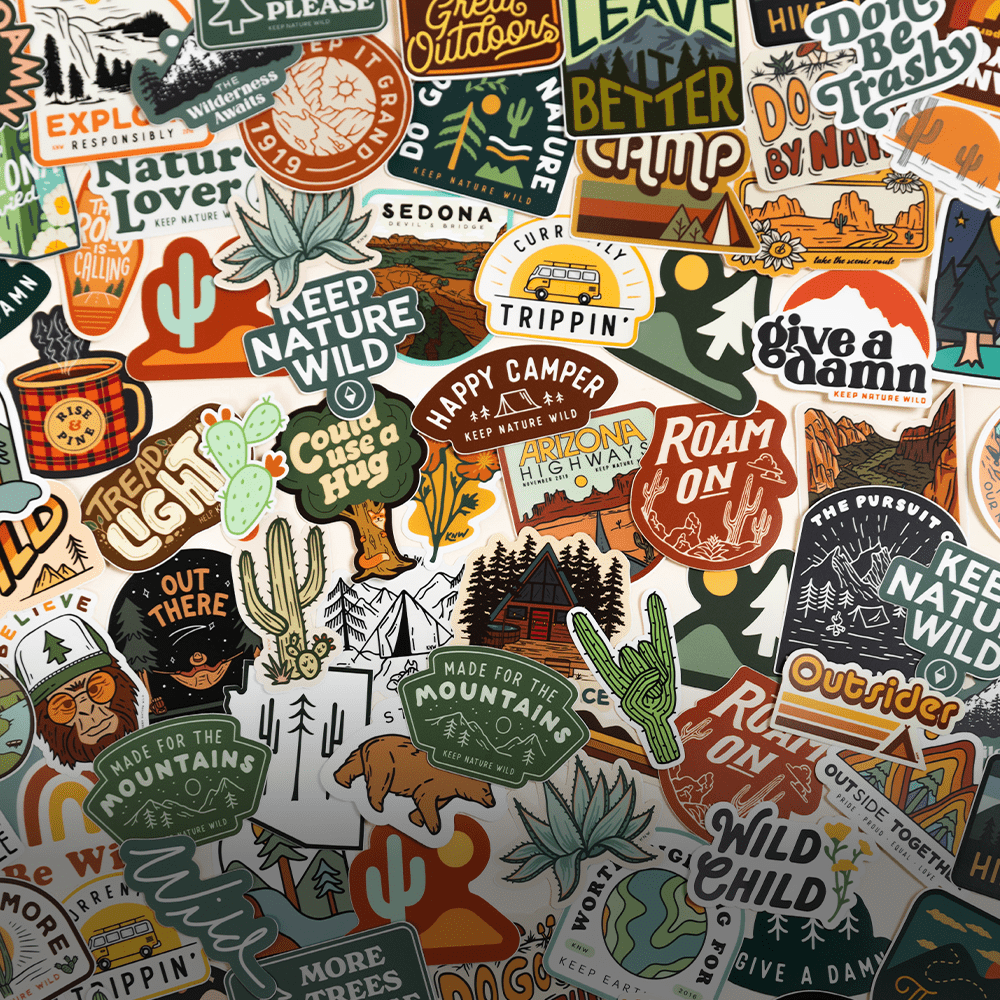
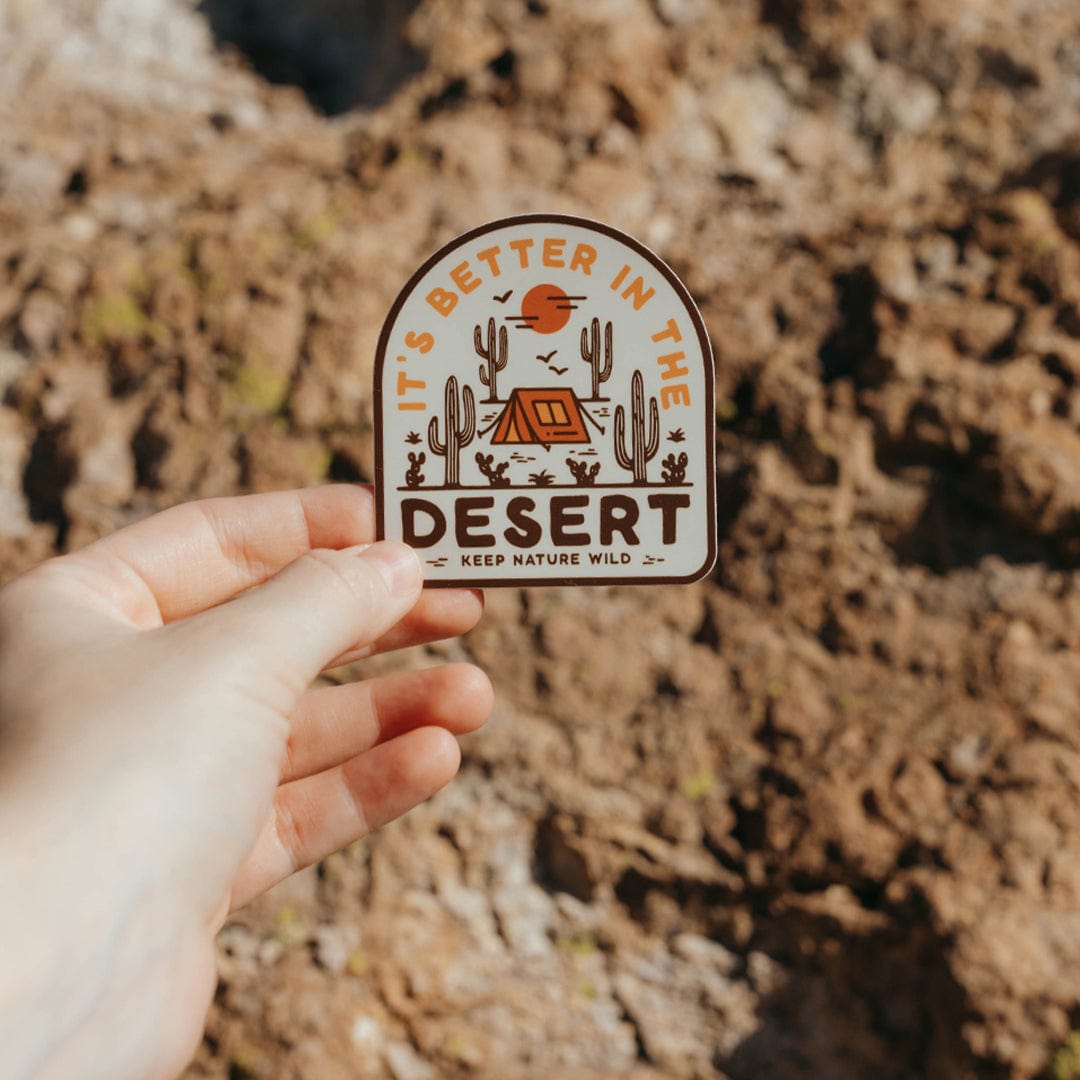
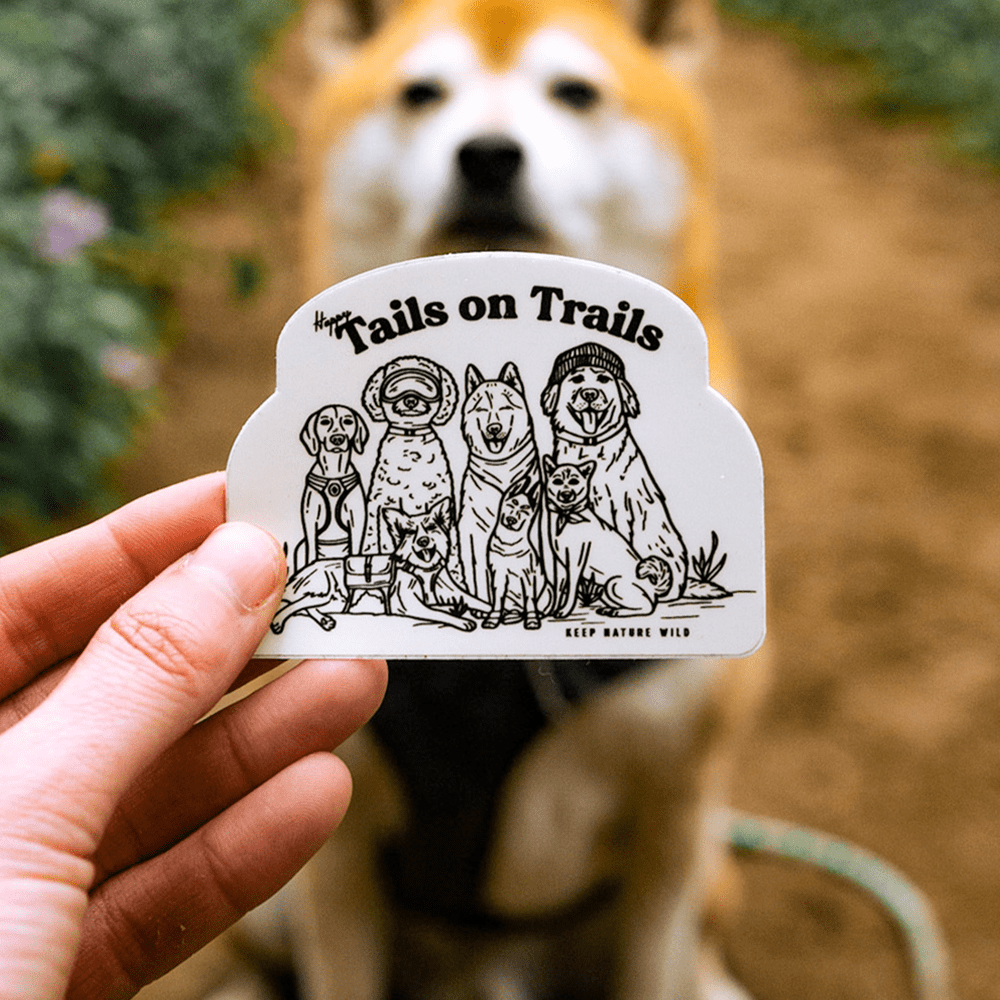
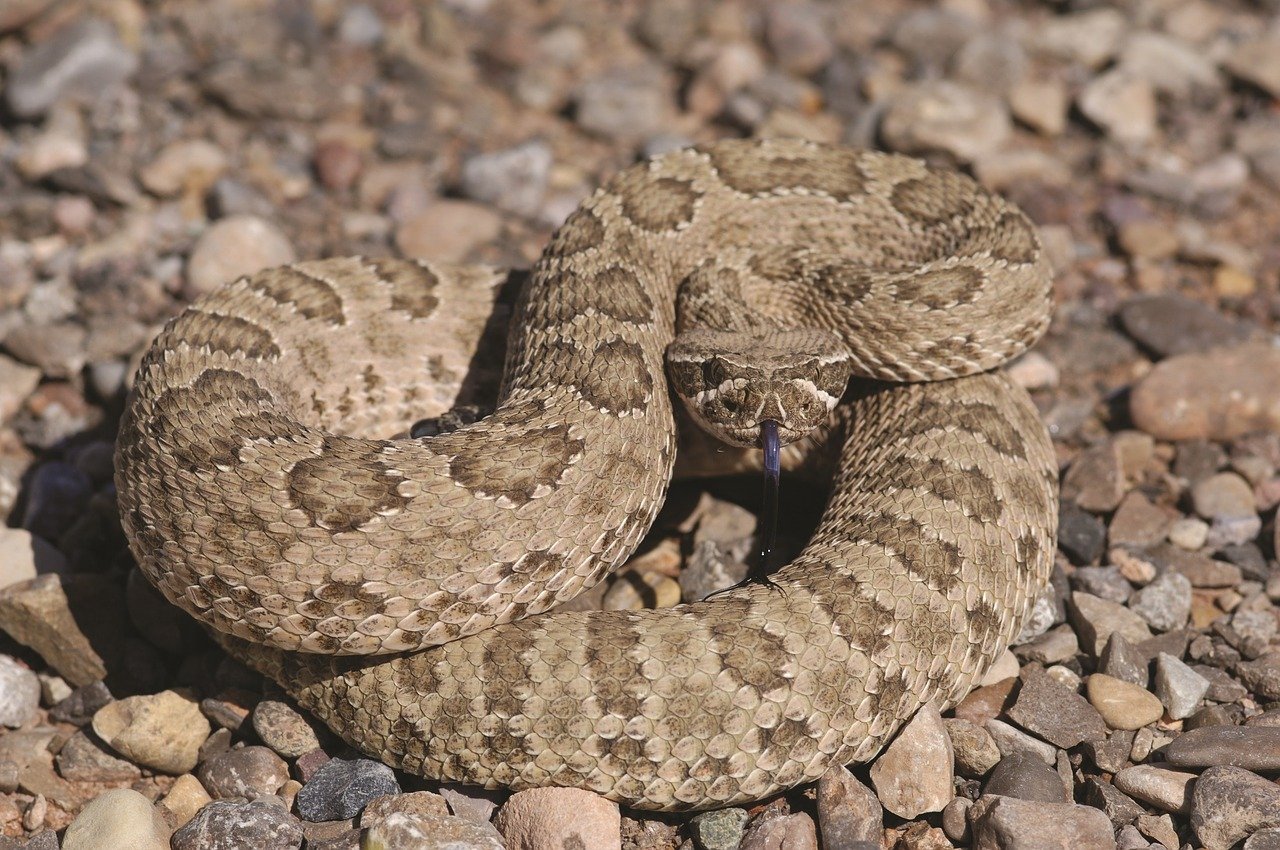

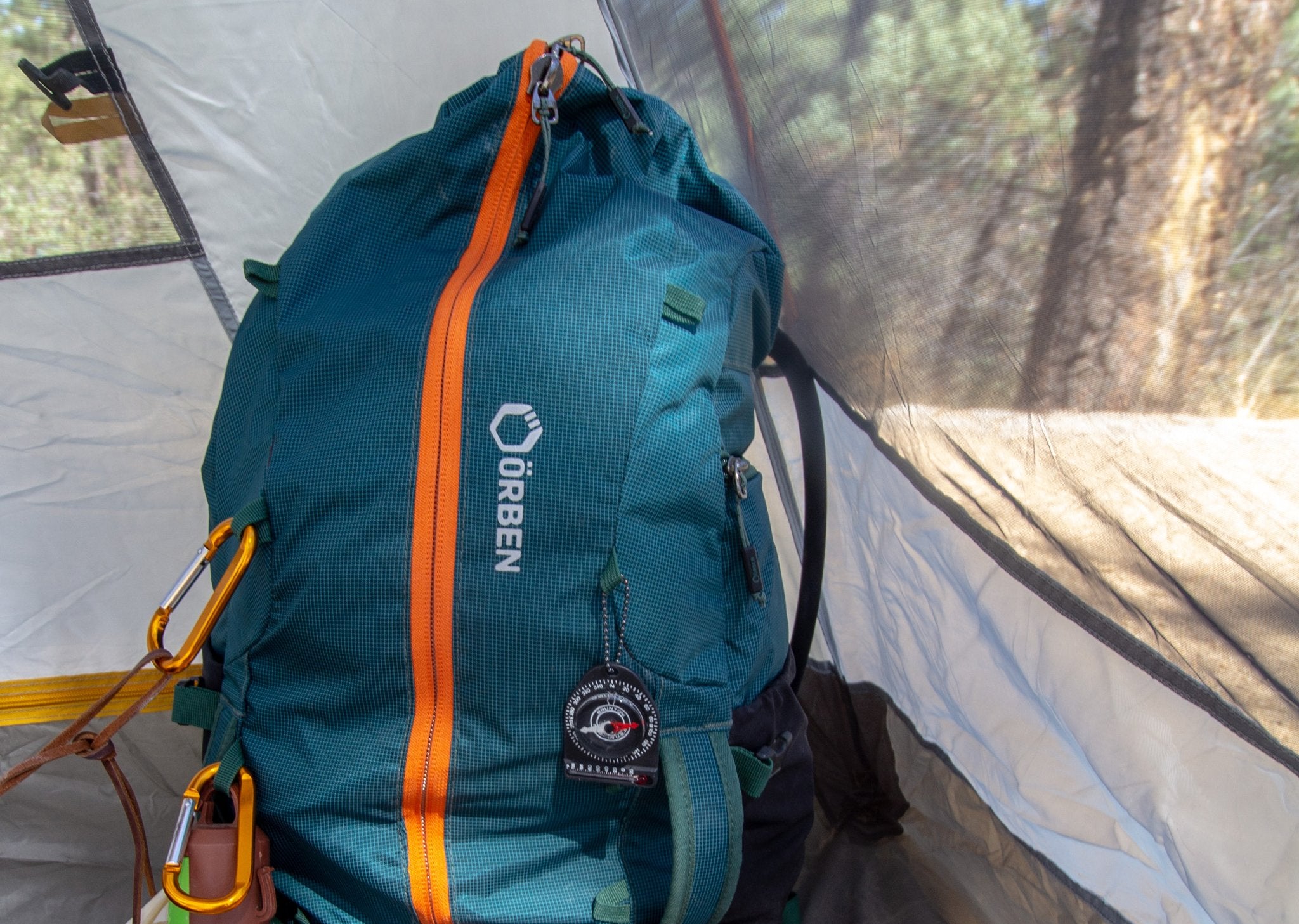
Leave a comment
All comments are moderated before being published.
This site is protected by hCaptcha and the hCaptcha Privacy Policy and Terms of Service apply.